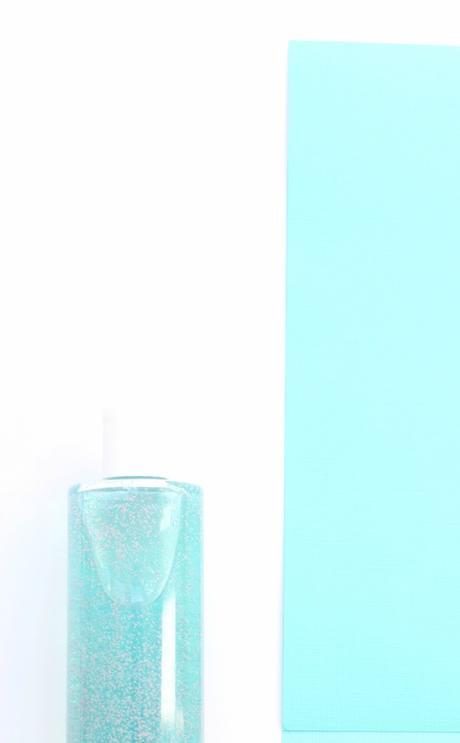 Today I thought I'd chat about something I've became pretty passionate about. What are microbeads? What products are they in? & why should we ban them?
Today I thought I'd chat about something I've became pretty passionate about. What are microbeads? What products are they in? & why should we ban them?So you know that feeling when your exfoliating your face and you get all those little beads to try and get rid of all that dead skin? Feels good doesn't it? Or those toothpastes with little gritty pieces to give your teeth that extra sparkle? Feels good, right? But do you know just how much it's harming our ocean and marine life?
Microbeads (or microplastics) are teeny tiny little plastic beads that are included in various skincare and dental products, a single beauty product can hold up to 300,000 microbeads - so the scale is huge. They are so small that they pass straight down your plughole, through filtration systems and eventually end up in our oceans amongst our marine life.
This is where the problem is.
Due to how small the particles are, they end up affecting our marine life through our beloved little fishies digesting them. Due to these beads having a large surface area collectively, it allows them to absorb a high number of toxins which end up in fish, and eventually end up in our bodies - it's one huge vicious circle and hopefully, it will come to an end. There are companies worldwide that have already discontinued their use of microbeads within their products, and the UK government plans to ban the addition of microbeads in cosmetic product this year, to be completely phased out by 2020.
Will that actually happen? Who knows, but we hope so.
So, the big question: What can you do to help?
Basically, stop purchasing and using products that consist of microbeads. It's one small step in a huge mission of getting our marine life back to the way it once was (before yano, humans ruined it, shock).
Double check the products your purchasing for the microbead ingredients that will be disguised under various names, the main ones being polyethylene, polypropylene and polymethylmethacrylate which are the chemical names for these nasties. If you require that scrub that you get from these little buggers, opt for products that include natural exfoliants, you can find examples of these from LUSH, who do so much to help the environment.
#banthebead.
Want to know more? Head on over here and have a read. We can do this. As a community, as a collective, we can work together to help our marine life. Have this conversation with a friend or relative this week, educate them and make an impact.
Megan. xo
*Some posts may contain PR/Gifted samples, please read my disclaimer here for further information*

